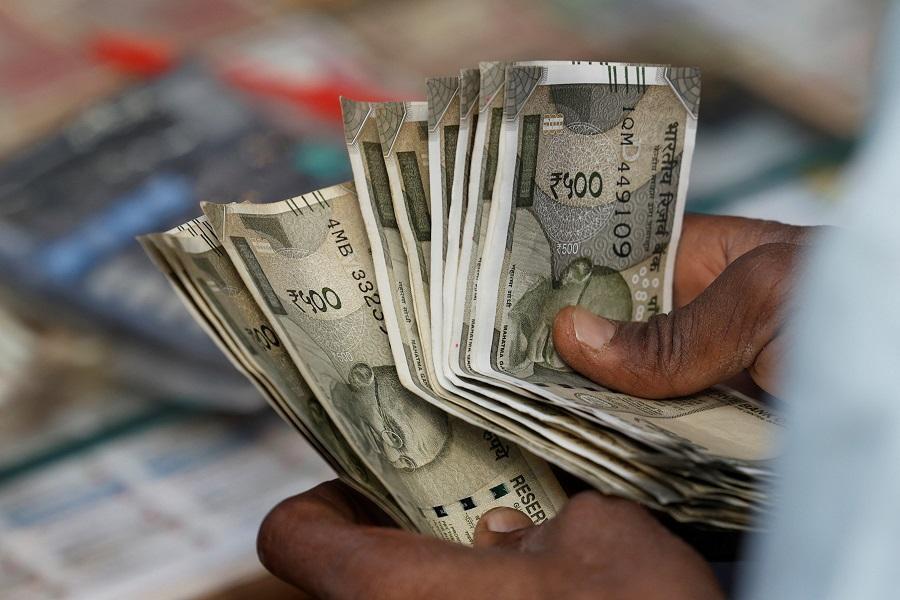
Rupee Set to Open Weaker as Trump Threatens 25% Tariff on Exports
The Indian rupee is expected to open weaker on Thursday, following a stern warning from U.S. President Donald Trump that he may impose a 25% tariff on Indian exports. Despite ongoing talks between the two nations, the threat has sent shockwaves through the financial markets, with traders anticipating a weaker rupee.
The 1-month NDF (non-deliverable forward) suggests an opening range of 87.66-87.69, compared to 87.42 previously. This implies a significant depreciation in the value of the rupee against the U.S. dollar. The rupee has been under pressure in recent weeks, and the latest threat from Trump may push it closer to its record low of 87.95.
The Reserve Bank of India (RBI) may be forced to intervene in the foreign exchange market to stem the slide. The central bank has been cautious in its approach to currency management, but the threat of a 25% tariff on Indian exports could force its hand. The RBI has a history of intervening in the market to stabilize the rupee, and it may do so again to prevent a further depreciation.
The threat of a tariff on Indian exports is the latest twist in a long-running trade dispute between the U.S. and India. The U.S. has been pushing India to increase its imports from the U.S. and reduce its trade deficit with India. India, in turn, has been resisting the pressure, citing concerns about the impact on its domestic industry.
Trump’s latest threat is seen as an attempt to increase pressure on India to come to the negotiating table. The U.S. has already imposed tariffs on Indian steel and aluminum, and the latest threat could lead to further retaliatory measures.
The impact on the Indian economy could be significant. A 25% tariff on Indian exports could lead to a decrease in demand and a reduction in exports. This could have a ripple effect throughout the economy, leading to job losses and a slowdown in economic growth.
The rupee has been under pressure in recent weeks, driven by a combination of factors including a widening trade deficit and a decline in foreign investment. The currency has fallen by over 10% against the U.S. dollar in the past year, making it one of the worst-performing currencies in Asia.
The RBI has been trying to stabilize the rupee through a combination of monetary and fiscal policies. The central bank has raised interest rates several times in recent months to attract foreign investment and reduce inflation. The government, in turn, has been trying to boost foreign investment through a range of measures, including the introduction of new tax laws and the relaxation of foreign direct investment (FDI) rules.
Despite these efforts, the rupee remains under pressure. The currency has been affected by a decline in foreign investment, driven by concerns about the Indian economy and the impact of the U.S.-China trade war. The RBI has also been selling dollars to stabilize the currency, but this has led to a decline in the central bank’s foreign exchange reserves.
The latest threat from Trump could push the rupee closer to its record low. The currency has been trading in a narrow range in recent weeks, but the threat of a 25% tariff on Indian exports could lead to a break below this range. This could have significant implications for the Indian economy, including a decline in exports and a reduction in foreign investment.
In conclusion, the Indian rupee is set to open weaker on Thursday following Trump’s threat to impose a 25% tariff on Indian exports. The RBI may be forced to intervene in the foreign exchange market to stabilize the currency, but the impact on the Indian economy could be significant. The currency has been under pressure in recent weeks, driven by a combination of factors including a widening trade deficit and a decline in foreign investment. The latest threat from Trump could push the rupee closer to its record low, with significant implications for the Indian economy.






